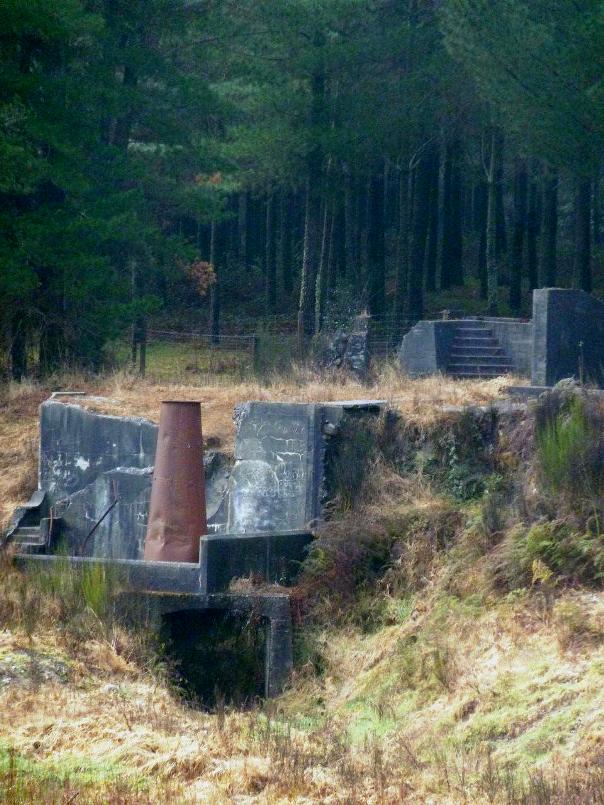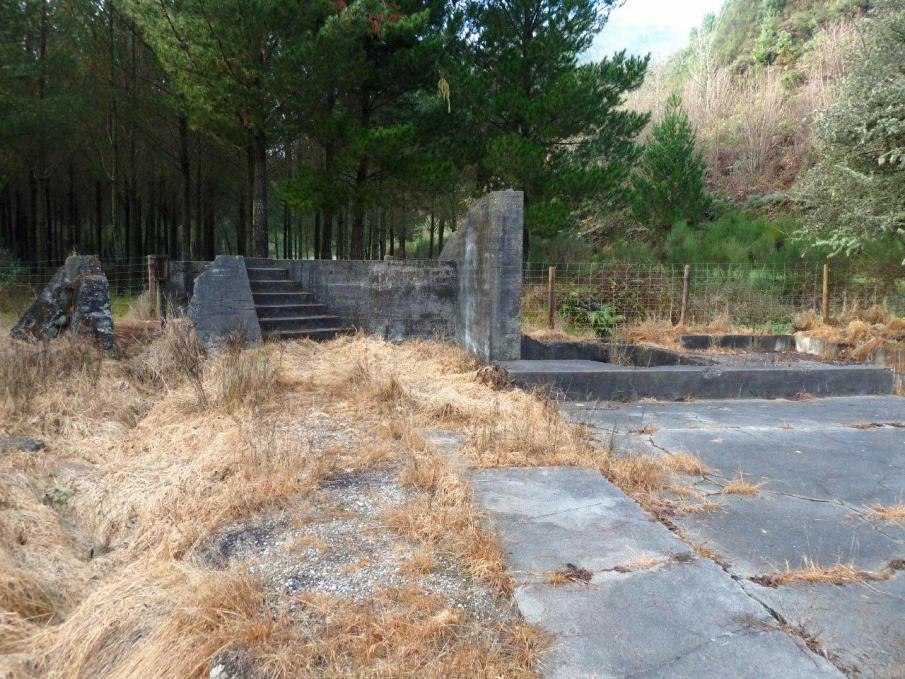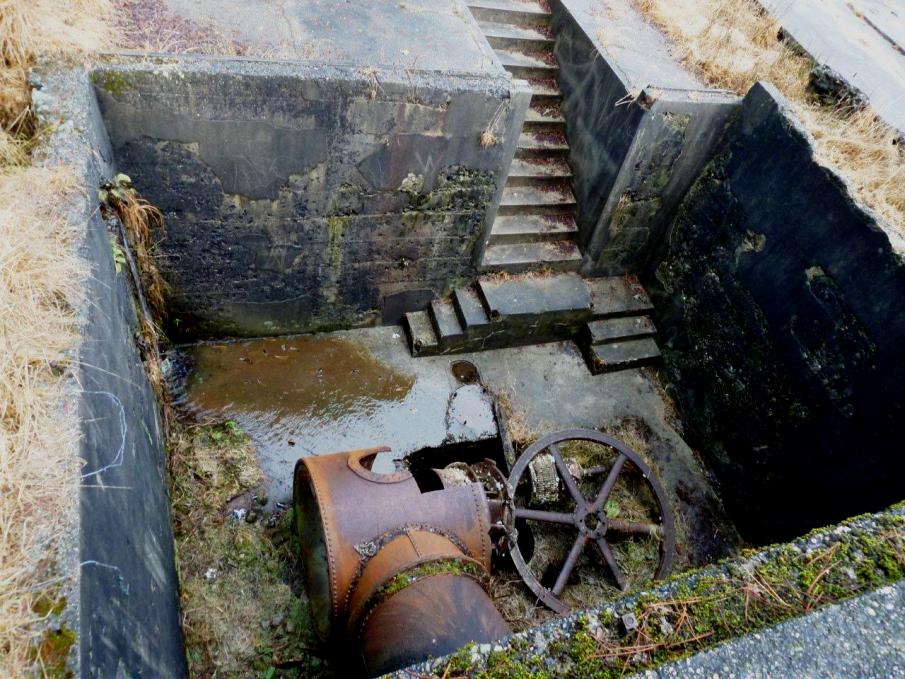DESCRIPTION: Walter Prince was a British electrical engineer who arrived in New Zealand in 1883 to take up a position with the New Zealand Electric Light Company in order to supervise the installation of lighting at the Lyttelton wharves. Prince failed to fulfil this contract, however, and after it had been awarded to another firm the engineer moved on to Central Otago where he installed a hydro-electric power plant at the Phoenix Gold Mine in 1885. Invited to demonstrate his one kilowatt dynamo in Reefton, Prince arrived in the town in November 1886 and on the 24th of the same month he "lit up" four hotels on Broadway, Reefton's main thoroughfare. This display encouraged local residents to form a company to provide a public supply of electricity for the town and Walter Prince was subsequently appointed electrical engineer and contractor to the Reefton Electric Transmission of Power and Lighting Company. He was probably responsible for the siting, initial design and construction of the Reefton hydro-electric powerhouse, although, as with his previous endeavours, he was really more successful as an entrepreneur than as an electrician. Prince was succeeded by John Horton in September 1888 and it was he who was responsible for righting the inadequacies of Prince's system and for writing New Zealand's first set of electrical regulations. Following Walter Prince's demonstration of electric lighting in Reefton on 24 November 1886, the Reefton Electric Transmission of Power and Lighting Company was established on 6 December of the same year by sixty-five local residents. The company subsequently arranged for the installation of a power plant early in the following year, at a cost of £1800. After construction problems and equipment delays had been overcome the hydro-electric power station was tested on 1 August 1888 and began supplying the township of Reefton three days later. The initial performance of Prince's system proved to be disappointing, however, but once John Horton had improved the insulation and water resistance of the distribution network the power station continued to supply Reefton until 11 November 1946. At that time the Greymouth Electric Power Board began supplying the town's electrical needs from the national grid, and after serving as a storehouse for a number of years the power station was eventually demolished in 1961.



Location
List Entry Information
Overview
Detailed List Entry
Status
Listed
List Entry Status
Historic Place Category 2
Access
Private/No Public Access
List Number
5002
Date Entered
8th August 1990
Date of Effect
8th August 1990
City/District Council
Buller District
Region
West Coast Region
Extent of List Entry
Extent of registration includes part of the land described as Legal Road (Sec 154 Blk XIV Reefton SD as shown on SO 3938), Nelson Land District and part of the land described as Sec 198 Square 131 (RT NL2A/579), Nelson Land District, and the structure known as Reefton Power House Foundations thereon. (Refer to map tabled at the Board meeting on 2 May 2013).
Legal description
Legal Road (Sec 154 Blk XIV Reefton SD as shown on SO 3938) and Sec 198 Square 131 (RT NL2A/579), Nelson Land District
Location Description
The Reefton Power House Foundations site is accessible via Rosstown Road which leaves SH7 immediately south of the bridge leading into Reefton township. The site is located on the true right (south) side of the Inangahua River. The site can also be accessed from State Highway 7 via a footbridge over the Inangahua River, to the east of Reefton township. The power house is signposted from the road.
Stay up to date with Heritage this month
